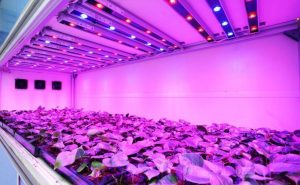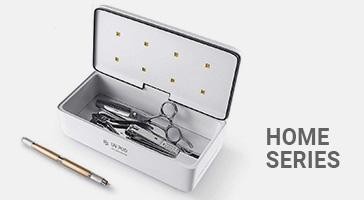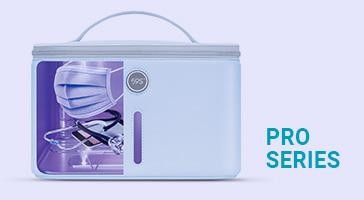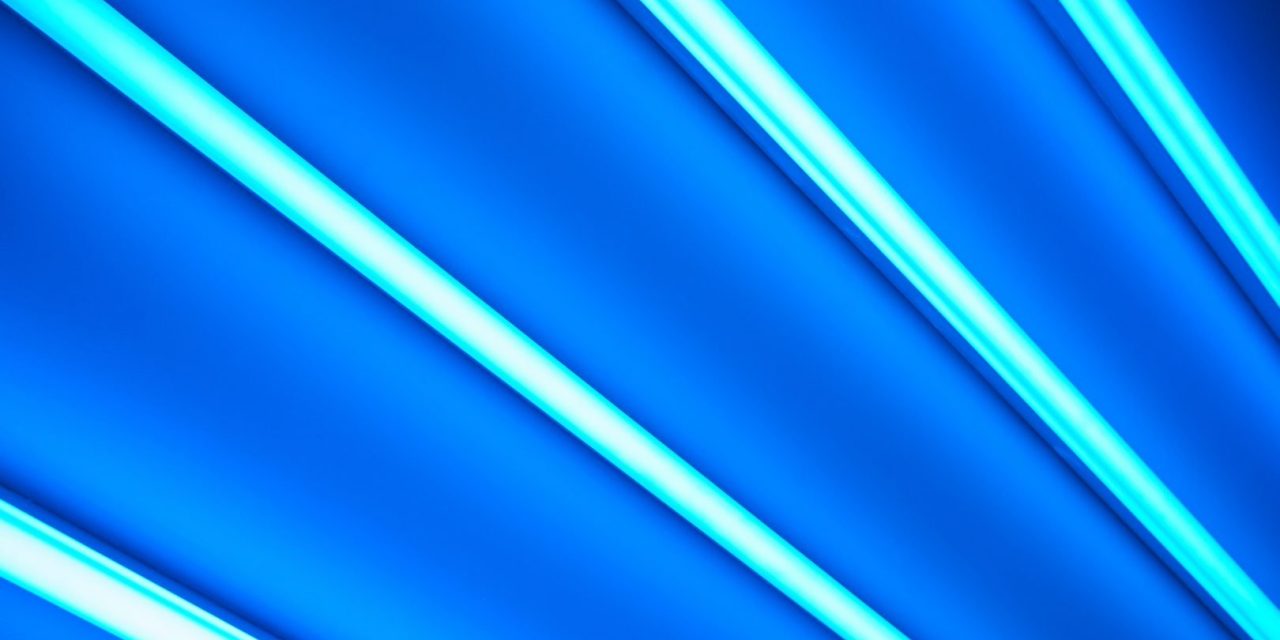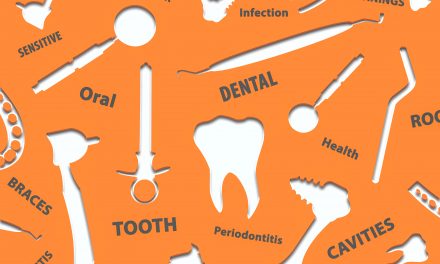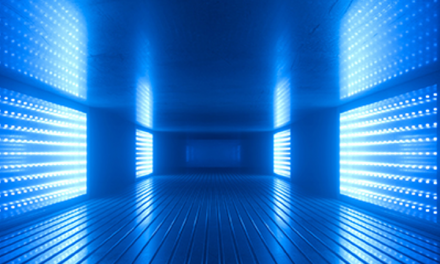Table Of Contents
- Tanning
- Sanitation
- Hygiene
- Fluorescent inspection
- Drinking water sterilization
- Air cleaning
Listen to the article
UV Light Technology
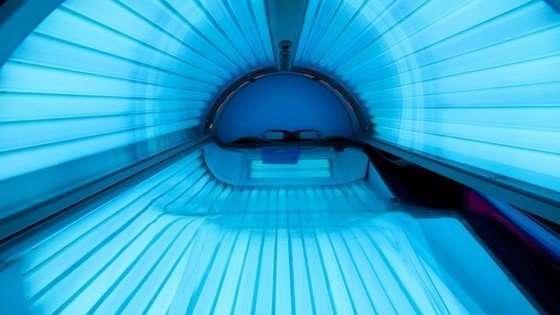
TANNING
SANITATION
Ultraviolet light technology is used for various purposes, the most common being sanitation. UV units emit UV radiation that kills or inactivates microorganisms, making it an effective way to disinfect water. Additionally, UV light is also used for air purification and food preservation.
Ultraviolet light technology is extensively used in sanitation. UV light destroys 99% of all waterborne pathogens, making it an effective disinfectant. Additionally, permitting the flood oater to assimilate the UV light into its stream eliminates the need for a separate disinfection chamber and allows for a more compact design. Finally, the UV lights are placed or housed in the outer part of the unit external to the water or quartz glass sleeve- this allows for direct exposure to the UV light and eliminates the need for a water contact time.

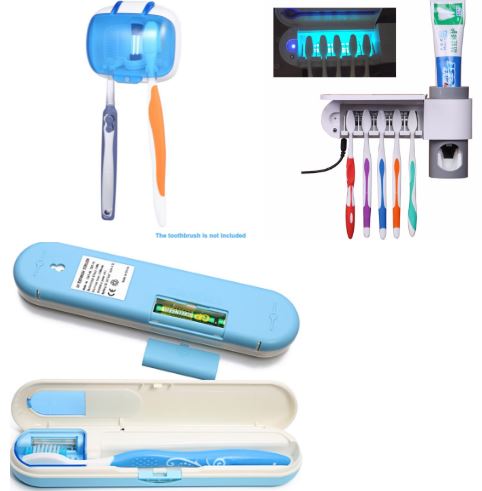
HYGEINE
Fluorescent inspection
Ultraviolet light is electromagnetic radiation that falls just outside the visible spectrum. It has a variety of uses in different industries but is most commonly known for its use in forensic investigations. When exposed, different materials will fluoresce a distinctive glow, making it an invaluable tool for inspecting various surfaces and materials for evidence or identification.
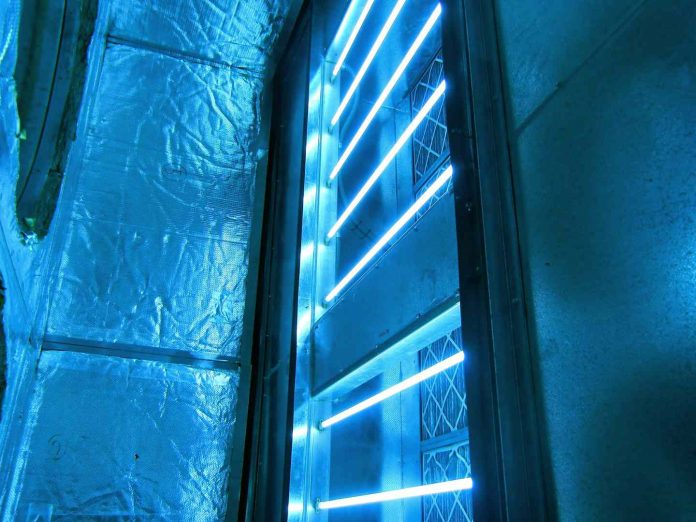
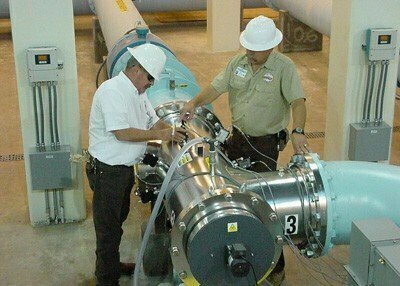
DRINKING WATER STERILIZATION
Ultraviolet light is a type of electromagnetic radiation. It has a shorter wavelength than visible light, making it invisible to the human eye. UV light is often used for disinfection and sterilization. For example, it can be used to kill bacteria and other microorganisms in water, making it safe to drink.
Ultraviolet light is a technology that uses specific wavelengths of energy to destroy or disable microorganisms. This type of disinfection is often used in drinking water systems as it is an effective and efficient way to kill bacteria and other contaminants. However, while many people may not realize it, UV light can be used for various purposes beyond just drinking water sterilization.
AIR CLEANING
Mold and other microbial growth is a common problem in homes. The effects of mold can be far-reaching and impact many different aspects of life. Mold can cause respiratory problems, skin irritation, and even cognitive issues. Additionally, these impacts are contaminating the air.
A damp source brings about molds. If you’re a mortgage holder and have ever experienced mold development in your loft, you should understand the effects mold will bring into your house.
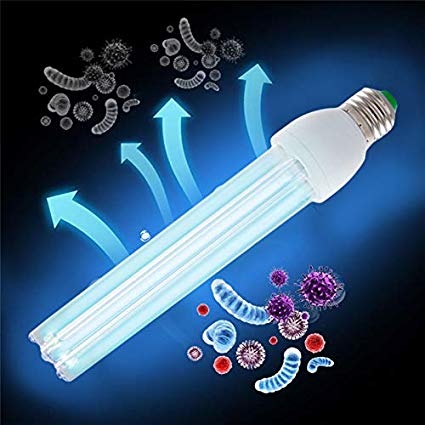
Indoor Gardening
